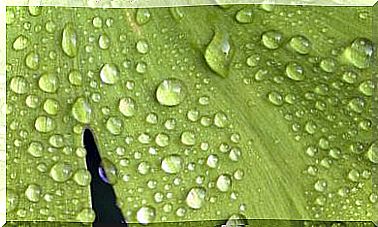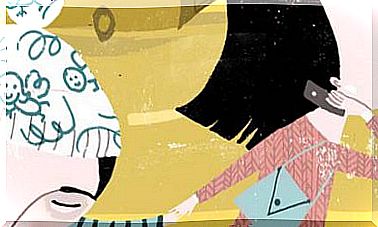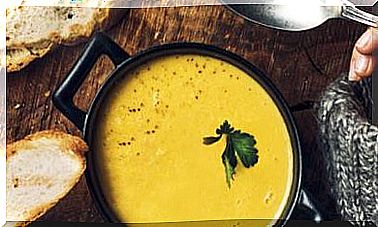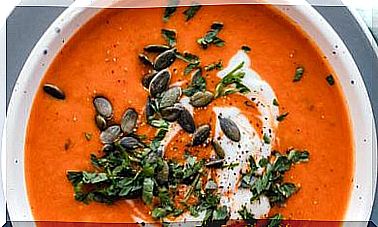“Dancing Creates Brain Connections”
She likes to dance and as a neurobiologist she has researched the benefits of this practice. Neurobiologist Lucy Vincent encourages us to dance to preserve the health of our neurons.
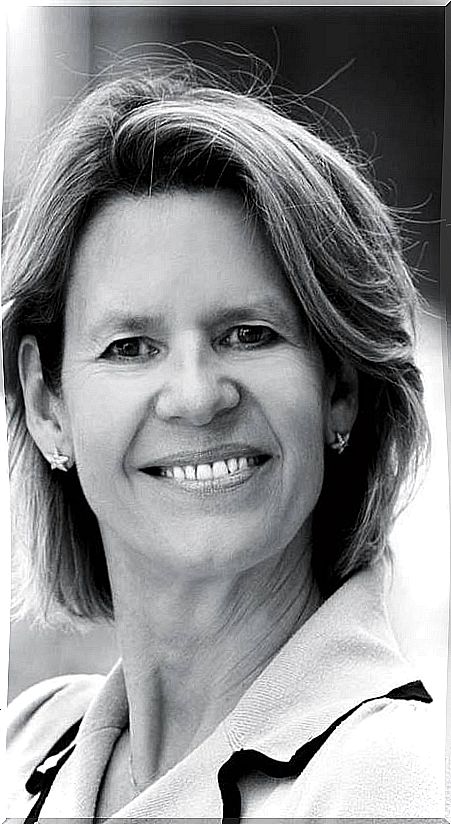
Lucy Vincent had a very stressful time in her life and dancing helped her get through it. As a scientist and doctor in neurobiology, she wanted to know what had happened in her brain while she danced and began to investigate. He found that with each dance step we not only smile, but we improve the functioning of neurons. Although we want to believe that we are only the brain and that it directs our body, it is the body that actually takes care of modeling the brain. There is a constant dialogue between them that is important to keep alive through movement. Vicent is the author of Make your brain dance! (Ed. Gedisa).
–What has dance contributed to your life? What does it feel like to dance?
-Dance has changed my life in different ways. I love dancing because it allows me to feel more about my body and the body of my dance partner. Dancing generates new sensations, pleasant sensations that improve the link between the body and the brain, which in turn increases self-esteem and self-awareness. I would be very sad if one day I couldn’t dance. I learned when I was already 58 years old, which shows that we can start dancing at any age. The truth is that I regret not having danced all my life, such is the happiness I feel doing it.
– And how does dancing benefit the brain? What effects does it produce?
–Through the learning of new figures and the coordination of complex movements, the creation of new neural connections in the cerebellum (an area of the brain) is facilitated. New connections are developed with emotional and cognitive networks. Dancing produces more benefits than exercise, because it is the only sport that exercises the body while also seeking beauty and seduction. There are many conclusive studies on the improvements that dance produces on memory, attention and humor.
–I am struck by the fact that it improves memory.
– And we are still at the beginning of the investigations. I am convinced that more benefits will be discovered on intellectual abilities. One of the most impressive studies on the benefits of dancing on the brain compared two groups of people over 65 years of age. One group danced every week and the other group performed a sport of equivalent intensity. It was seen that the people who danced every week had improvements in memory that did not occur in the group that exercised and this is thanks to the learning of new movements coordinated with the music.
«Dancing improves the link between body and brain. it also increases self-esteem and self-awareness »
– So the dance should be in the schools?
-Of course! The dance helps to fix the new that has been learned. A study has shown that students who had interrupted classes to attend regular dance courses performed better on exams.
–It emphasizes that dance improves our relationship with our body and with ourselves…
–Yes, that is really one of the main assets of dance. When we dance we multiply the information that the sensorimotor system receives. That is, we are providing the brain with many means, resources and data to know how the body reacts in relation to its environment. When we dance we continually put ourselves to the test and we reassure ourselves when we have learned new steps, figures and coordination. We feel that our ability to control has increased, which in the end is the foundation of self-confidence.
– Dancing also prevents brain aging?
–There are different published studies that show that dancing slows down the degeneration of neurons in older people. And dancing is also very valuable for people suffering from Parkinson’s because in this disease the motor system is often blocked and dancing makes it possible to avoid it.
“How can you avoid it?”
–The more different dance steps they have trained, the more strategies their brain and body have at their disposal to initiate a movement. Sometimes it only takes a military march to establish a rhythm to the movement and it is easier for the patient to start walking.
– Does dancing help with other neurological diseases?
– Dancing slows down the progression of all neurodegenerative diseases because it stimulates nerve pathways that would not otherwise be used. It has even been shown that Alzheimer’s patients can learn new dance steps!
–It is also a good anti-stress method for anyone.
–Of course, because when we dance endorphins, oxytocin and dopamine are released, neurotransmitters that reduce anxiety and stress and make us feel good. Dancing can help us even when we are suffering from depression because, in addition to having an effect on stress hormones, it leads us to perform movements in sync with other people and this gives us a sense of belonging to a group, a bond that has a powerful effect. antidepressant.
“So how should I start dancing?”
–You can start alone, if you prefer, with videos found on the net. There are many on Youtube. I myself have created a channel in which I teach basic steps (www.bit.ly/BaileLV) and a website www.clickanddance.com. But you can also take ballroom dancing classes anywhere to start dancing as soon as possible. From my point of view, the dances that are most beneficial are those that lead us to constantly learn new steps and figures.
-The dance in many tribes served to improve the bond between the members. Do you think dancing is a social necessity?
–Yes, and it is not by chance that we dance at parties, even the most important ones in our lives such as anniversaries, engagement parties or weddings.
– Dancing could also help resolve labor disputes?
– I am convinced of it. I even created a company where I proposed group sessions based on tribal dances to facilitate new ways of seeing each other and sharing, but it seems that the world of work is not yet ready for something so revolutionary.
